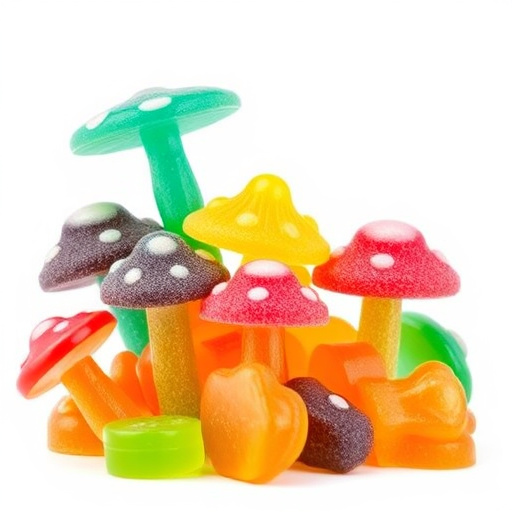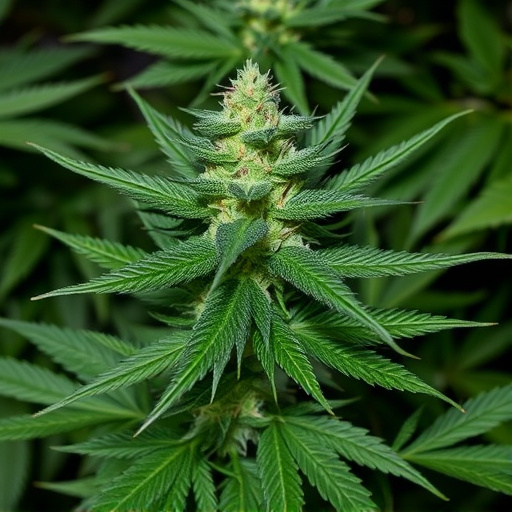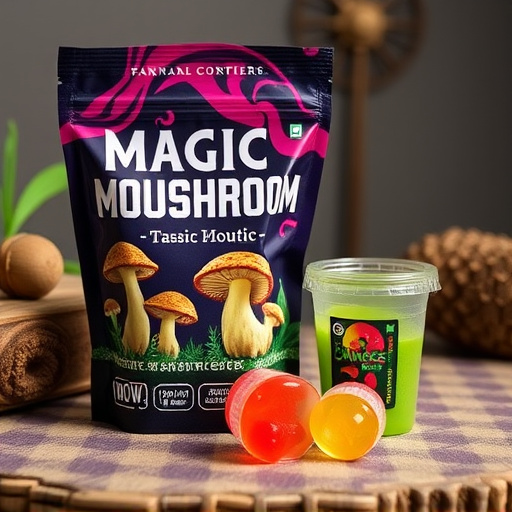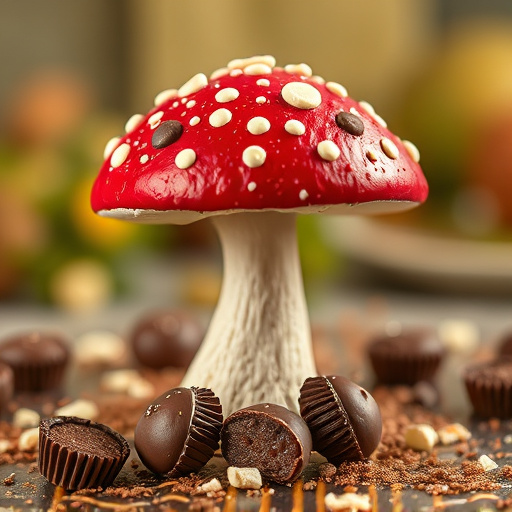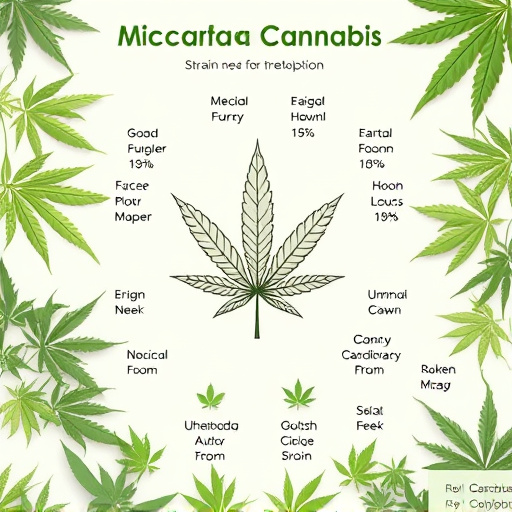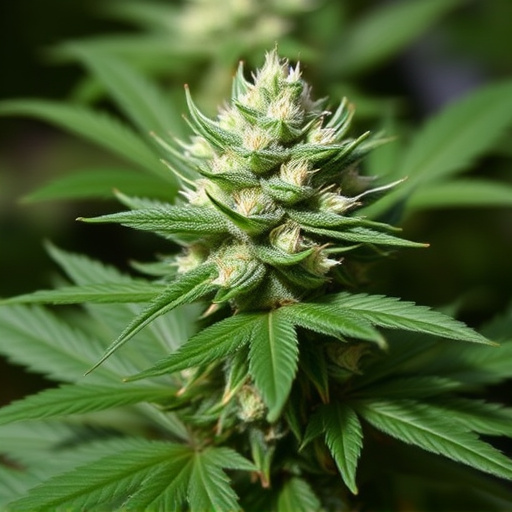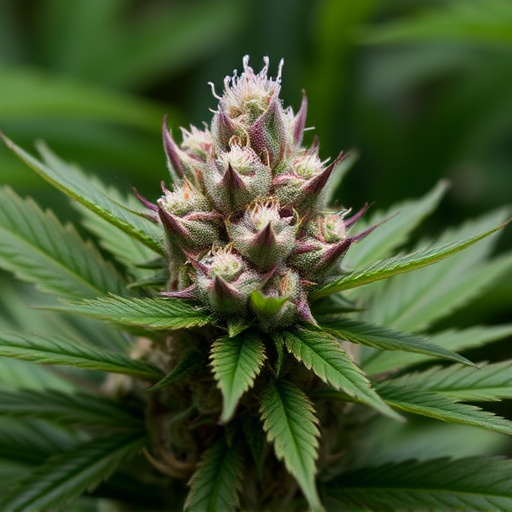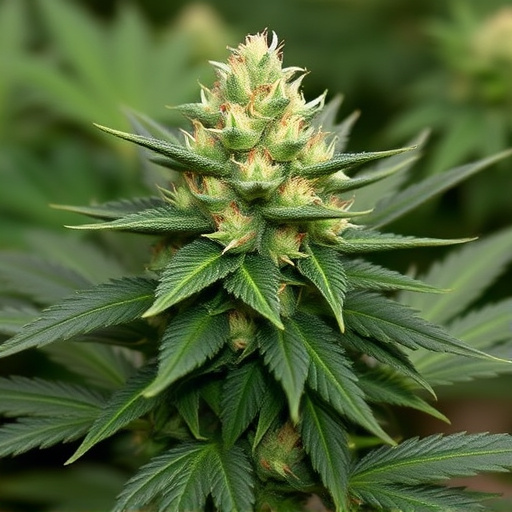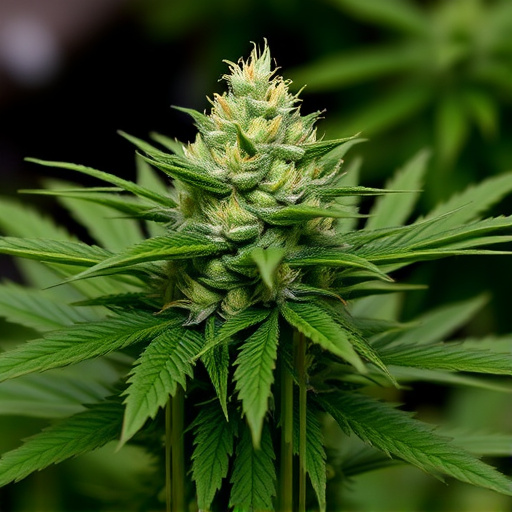In the cannabis industry, microscopic trichomes on flowers significantly impact potency and quality. The 'top ten cannabis strains of 2016' often featured high trichome density and composition, indicating potent levels of cannabinoids like THC. Understanding trichome characteristics is crucial for cultivators aiming to produce superior products and consumers seeking optimal experiences from these sought-after strains.
“Unveiling the Secret to Cannabis Potency: The Role of Trichomes
In the ever-evolving world of cannabis, understanding trichomes is key to unlocking superior potency. These tiny glandular structures, adorning the plant’s surface, are not just visual attractions; they house potent compounds and play a pivotal role in defining the power of cannabis strains. This article delves into the science behind trichomes, exploring their impact on potency, and highlights the top ten cannabis strains known for their remarkable trichome content since 2016, as tested by leading researchers.”
- The Role of Trichomes in Cannabis Potency
- – Definition and function of trichomes
- – How trichome density impacts potency
The Role of Trichomes in Cannabis Potency
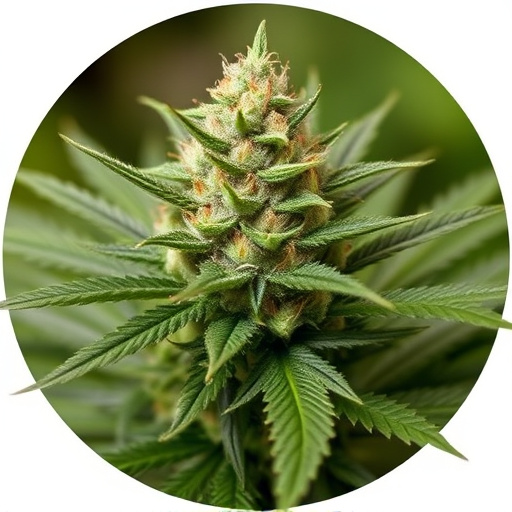
In the world of cannabis, trichomes are tiny yet powerful structures that play a crucial role in determining the potency and quality of the plant. These hair-like glands, which cover the surface of cannabis flowers, produce a wide range of compounds, including terpenes, flavonoids, and cannabinoids. Among these, terpenes are particularly noteworthy for their ability to enhance or alter the effects of other cannabinoids, such as THC and CBD.
When it comes to the top ten cannabis strains of 2016 (and beyond), trichome density and composition are key factors that contribute to the overall potency. Strains with thick, sticky trichomes often indicate higher levels of these valuable compounds. For example, strains known for their potent effects typically have abundant trichomes that trap and concentrate cannabinoids, ensuring a more intense experience. This is why many cannabis enthusiasts and researchers alike focus on understanding and measuring trichome characteristics to gauge the potential potency of different strains.
– Definition and function of trichomes

Cannabis plants boast tiny, hair-like structures known as trichomes, which play a pivotal role in shaping the plant’s potency and unique properties. These microscopic glands produce a wide array of compounds, including cannabinoids like THC (tetrahydrocannabinol) and CBD (cannabidiol), as well as terpenes, which are responsible for the plant’s distinct aromas and flavors. Trichomes act as protection against environmental stressors, pests, and diseases, enabling cannabis plants to thrive in diverse conditions.
In the context of top ten cannabis strains in 2016, trichome density and health were significant factors influencing their overall quality and effectiveness. Strains with dense, vibrant trichomes often commanded higher prices due to their enhanced potency and desirable effects. The year 2016 saw a trend towards strains boasting high THC levels, further underscoring the importance of trichomes in delivering powerful experiences. As cannabis continues to gain mainstream acceptance, understanding trichome dynamics is becoming increasingly crucial for both cultivators aiming to create top-tier products and consumers seeking optimal experiences.
– How trichome density impacts potency

In the world of cannabis, trichomes are tiny but mighty—they play a significant role in determining the potency and overall experience of various strains. These hair-like structures, often seen as small glands on the surface of cannabis flowers, secrete a wide range of compounds, including terpenes and cannabinoids. Among these, cannabinoids like THC (tetrahydrocannabinol) are responsible for the plant’s psychoactive effects. The density of trichomes—or the number of them per square millimeter—has a direct correlation with cannabinoid concentration. As such, higher trichome density generally corresponds to increased potency.
When comparing the top ten cannabis strains in 2016, for instance, those with dense trichome coverage tended to have elevated THC levels, making them more potent. This physical attribute isn’t just aesthetically pleasing; it’s a crucial indicator of the plant’s quality and potential effects. Growers often cultivate specific varieties targeting high trichome density to enhance their product’s potency, ensuring consumers receive an optimal experience.
Trichomes play a pivotal role in determining the potency of cannabis, as evidenced by their presence in many of the top ten cannabis strains in 2016. These tiny hair-like structures secrete a wide range of cannabinoids and terpenes that contribute to the plant’s unique effects and therapeutic benefits. Understanding trichome density and its impact on potency can help cultivators optimize their crops and provide consumers with consistent, high-quality experiences. By recognizing the importance of trichomes, we can better appreciate the intricate science behind cannabis potency and its influence on the overall user experience.
